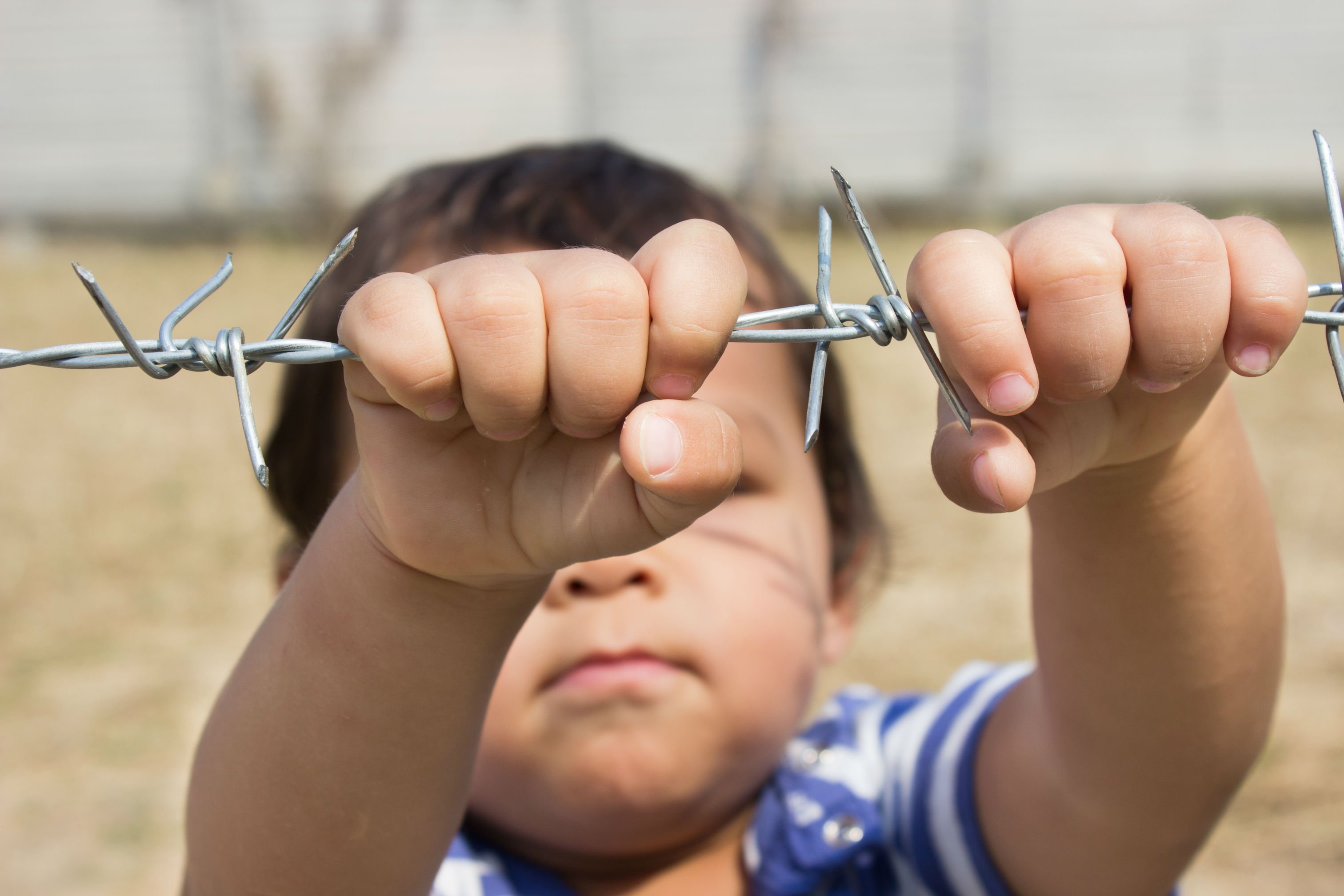According to figures published this week by the Organisation for Economic Cooperation and Development (OECD), development aid reached an all-time high last year, totalling $131.6 billion USD in 2015. With the establishment of the Global Goals in September last year and the joint ambition by all countries around the world to end extreme poverty by 2030, these figures provide a first indication of whether donor countries will put their money where their mouth is. The good news is that global levels of aid continue to rise. Even better, after a few years of decline, development assistance for the poorest countries is finally increasing again.
However, looking more closely at the numbers the figures tell us a less positive story. An increasing proportion of aid is not reaching developing countries and instead is being spent at home in donor countries. Most of the increase in aid last year was due to governments utilising their aid budgets to cover domestic refugee costs. In fact, in 10 European countries in-donor refugee costs made up 10% to 34% of the overall spending on development assistance.
Hold on, why does money spent at home count as overseas development aid?
The Development Assistance Committee of the OECD, consisting of 28 major donors, sets its own rules on what does and what does not count as aid. Under current rules, donor countries are allowed to count certain costs for hosting refugees in their own countries as development aid. This is controversial as it is not clear how these costs meet the main objective of aid – to promote the economic development and welfare of developing countries. Not only is this contested, governments also apply these rules inconsistently with some only counting certain expenditures such as temporary accommodation and food, whilst others include a range of costs - from administration to helping refugees find a home in developing countries.
These rules have always been a concern but the scale of the refugee crisis which hit Europe in 2015 has given this practice a worrying new dimension as governments look to aid budgets to fill budget gaps at home. The figures released by the OECD yesterday highlight this. Sweden spent 34% of its aid in Sweden to cover refugee costs, the Netherlands 23%, Austria 27%, Germany 17%, Denmark 16%, Italy 25% - to name just a few.
Many countries are now the single biggest recipient of their own aid. In some countries, the majority, or at least a part, of the money is additional to the development budget but counting it as aid distorts the figures of actual aid spending. In other worse cases, governments have effectively cut aid programmes by diverting funds dedicated to development programmes away to finance refugee costs at home. Luxembourg is the only European country which does not count domestic refugee costs as development assistance.

We can and must do both.
There is no question that governments must meet the needs of the refugees arriving at Europe’s border. But it shouldn’t be the world’s poorest who pay the price for this. Solidarity with the most vulnerable shouldn’t be a zero-sum-game. We can and must do both. But it is not only a question of solidarity, it also makes political sense. The refugee crisis can only be addressed if the root causes of migration are tackled. Taking money away from the development budget to cover refugee costs treats the symptoms of the crisis at home, but exacerbates the root causes abroad. Both increased humanitarian as well as long-term development aid need to be an integral part of Europe’s solution to the refugee crisis.
Right now the OECD is in the process of reviewing the rules of how refugee costs are being counted by donor countries. The latest aid figures from 2015 are just another demonstration that the current rules do not work. Aid needs to be solely dedicated to poverty eradication and to preventing and responding to emergencies in developing countries.